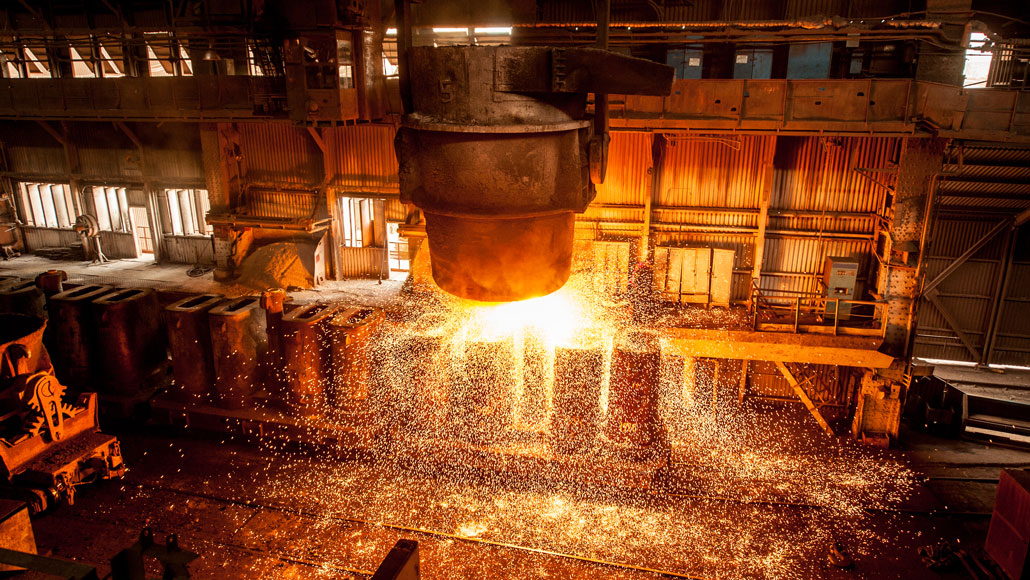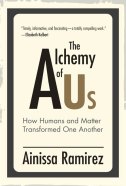How materials science has changed humankind — for better and worse
The Alchemy of Us explores how new technologies have altered humans and society

Advances in materials science have altered human society, as chronicled in The Alchemy of Us. Improved production of steel, for example, paved the way for railroads that linked far-flung cities and for accurate clocks that led to a new obsession with time.
maki_shmaki/iStock/Getty Images Plus








